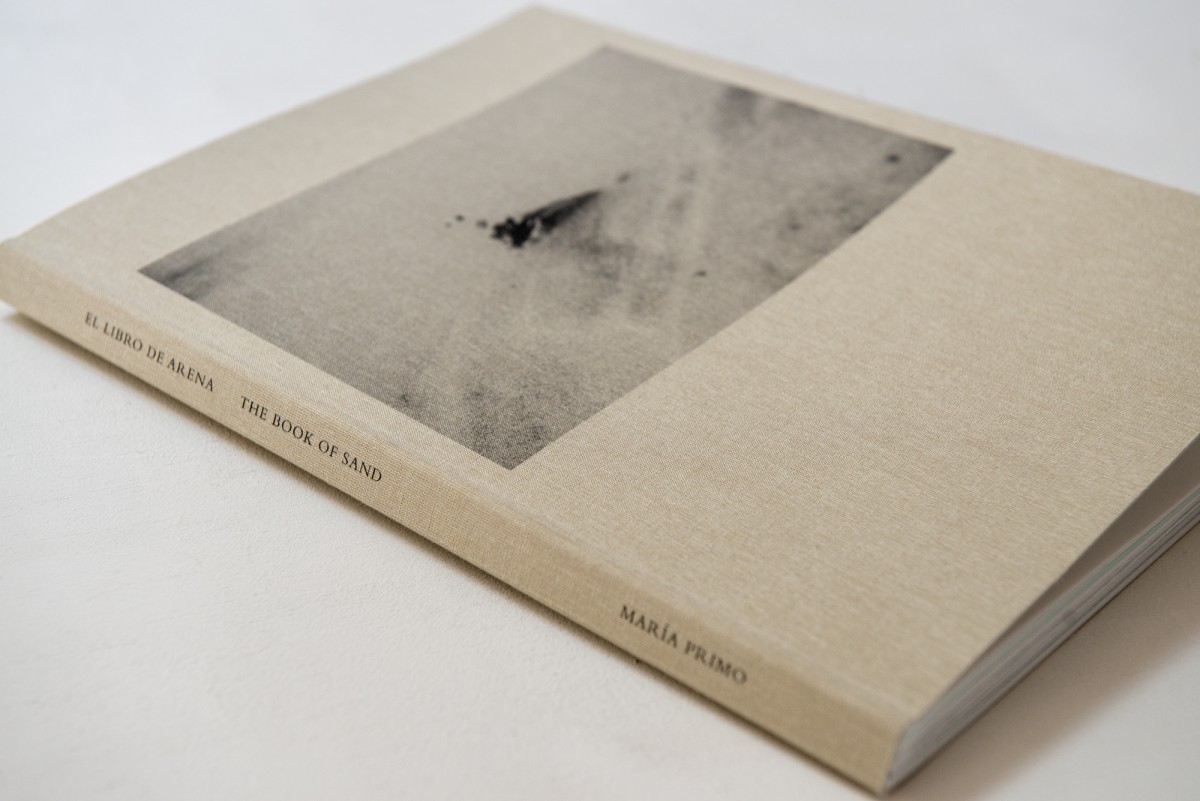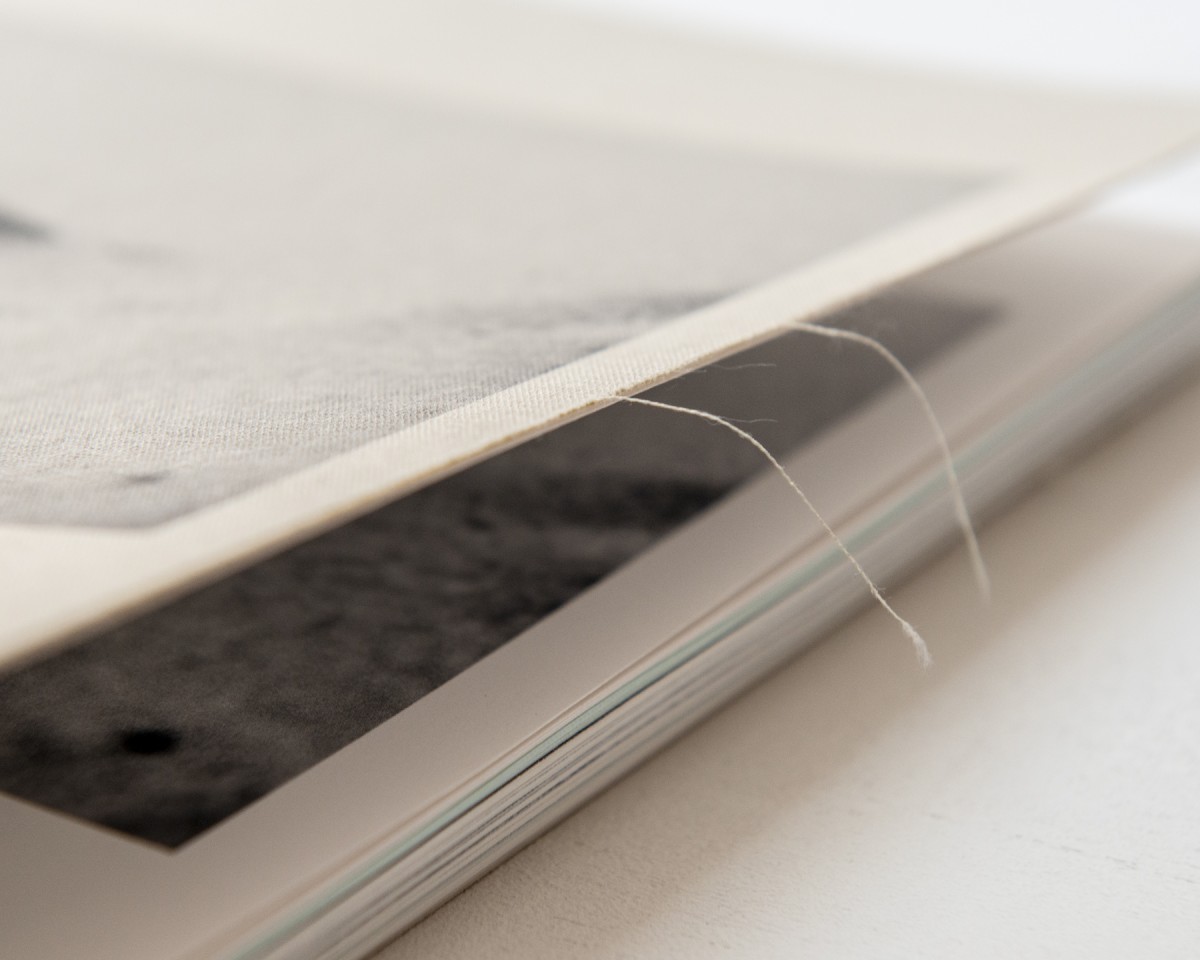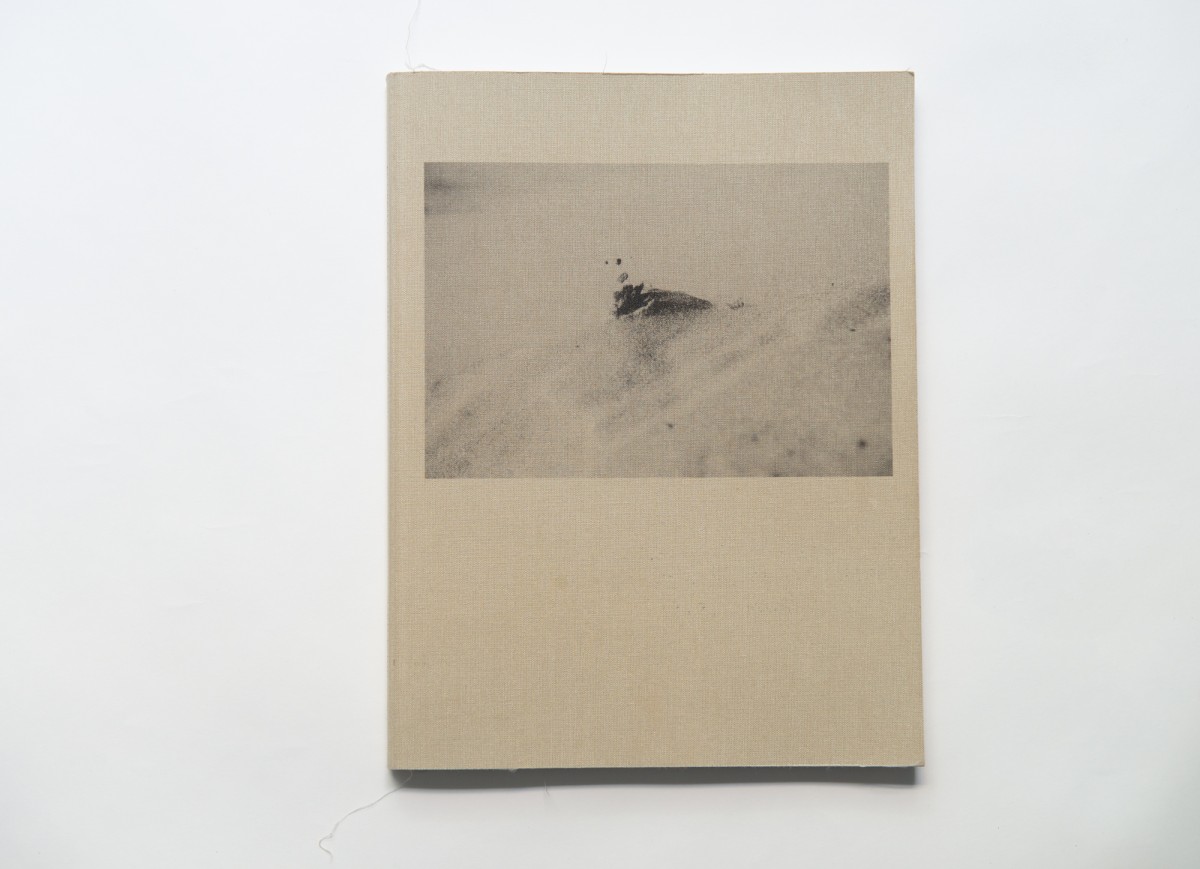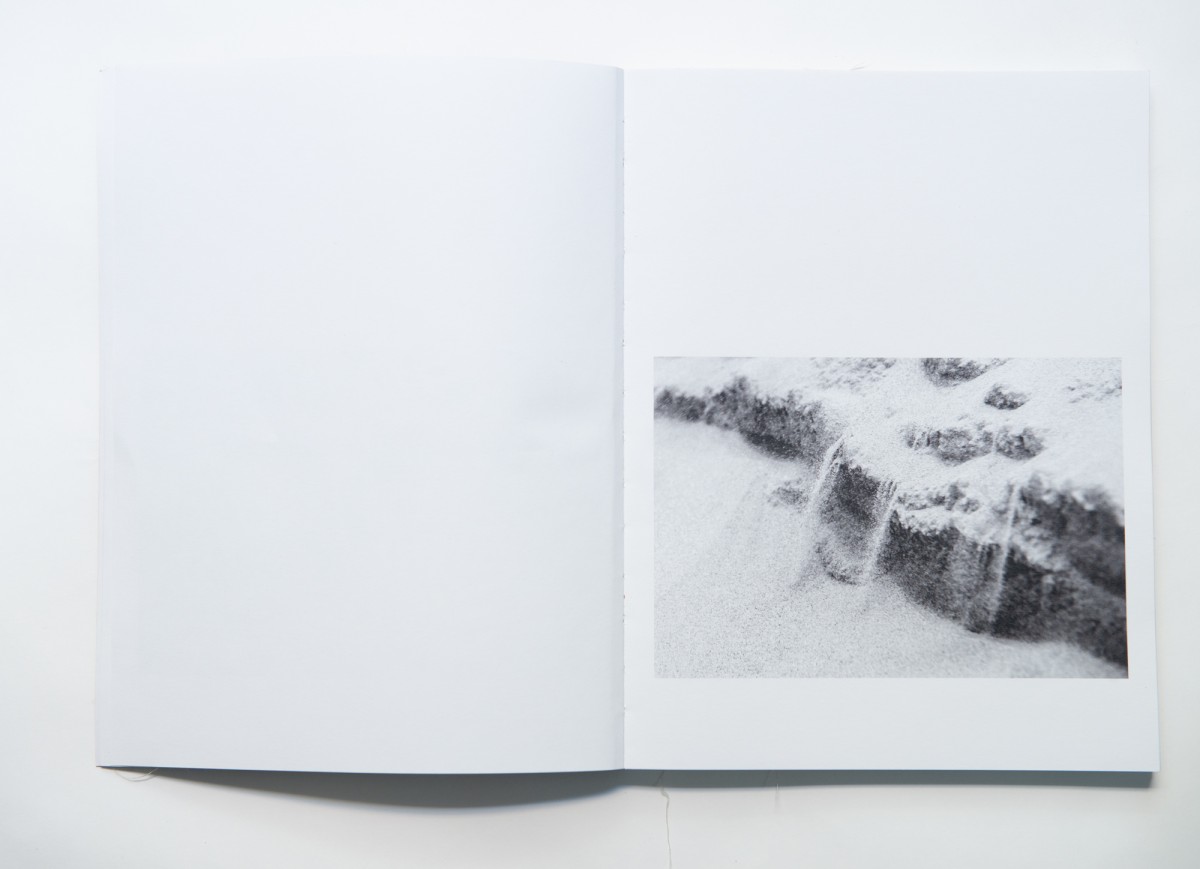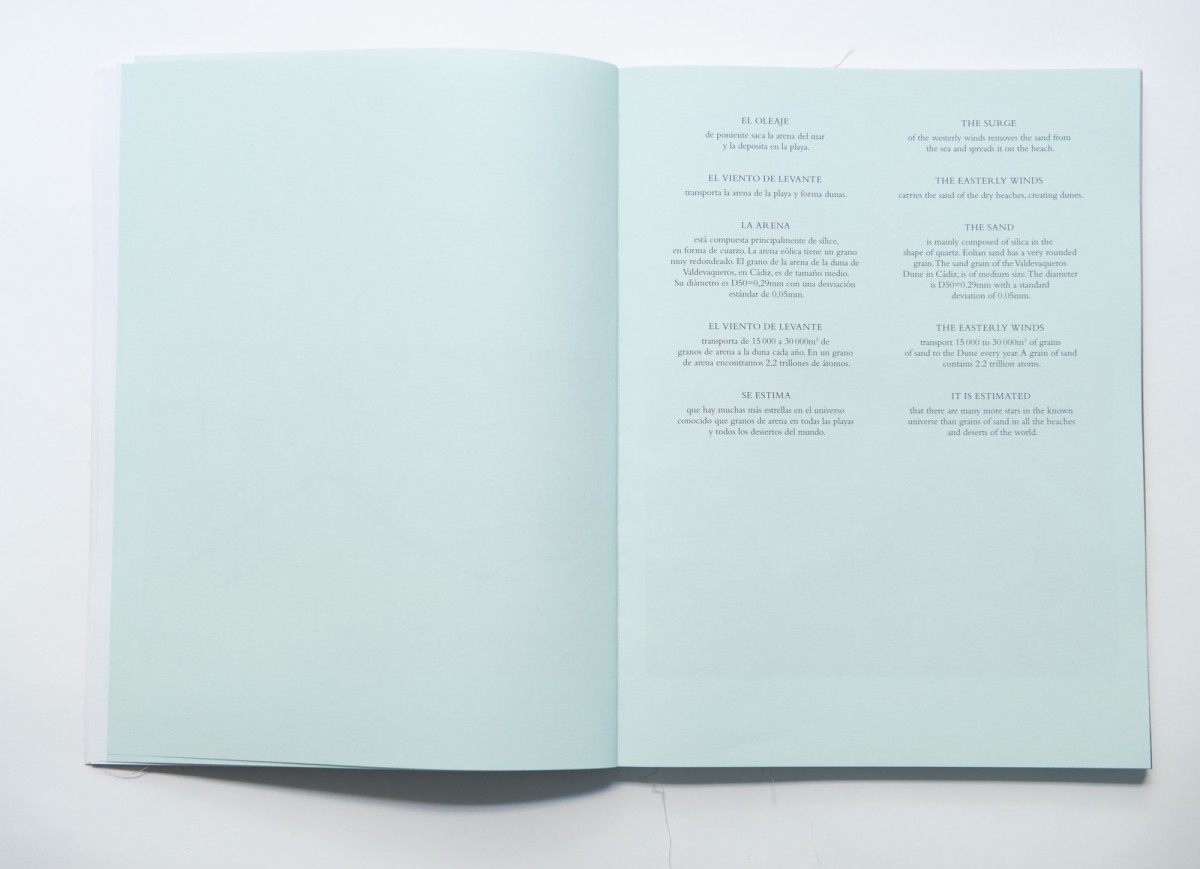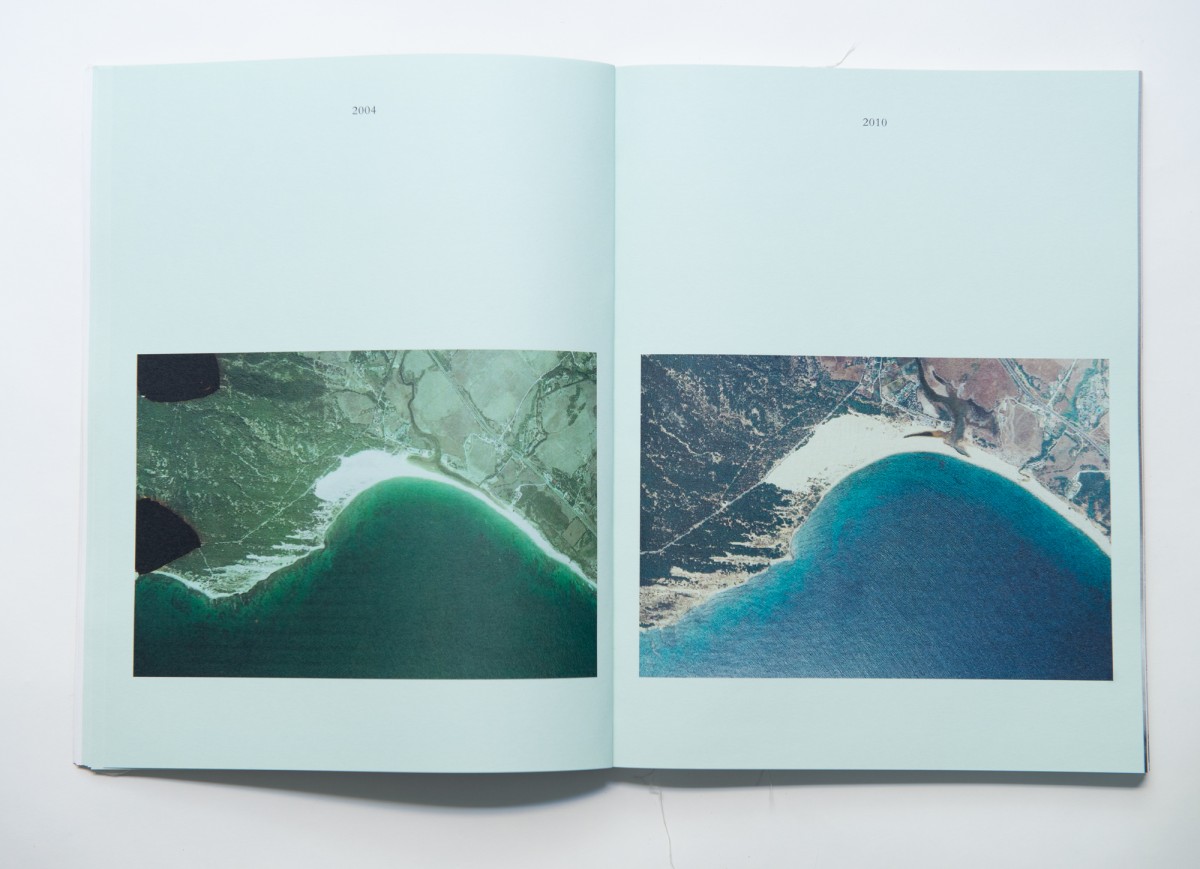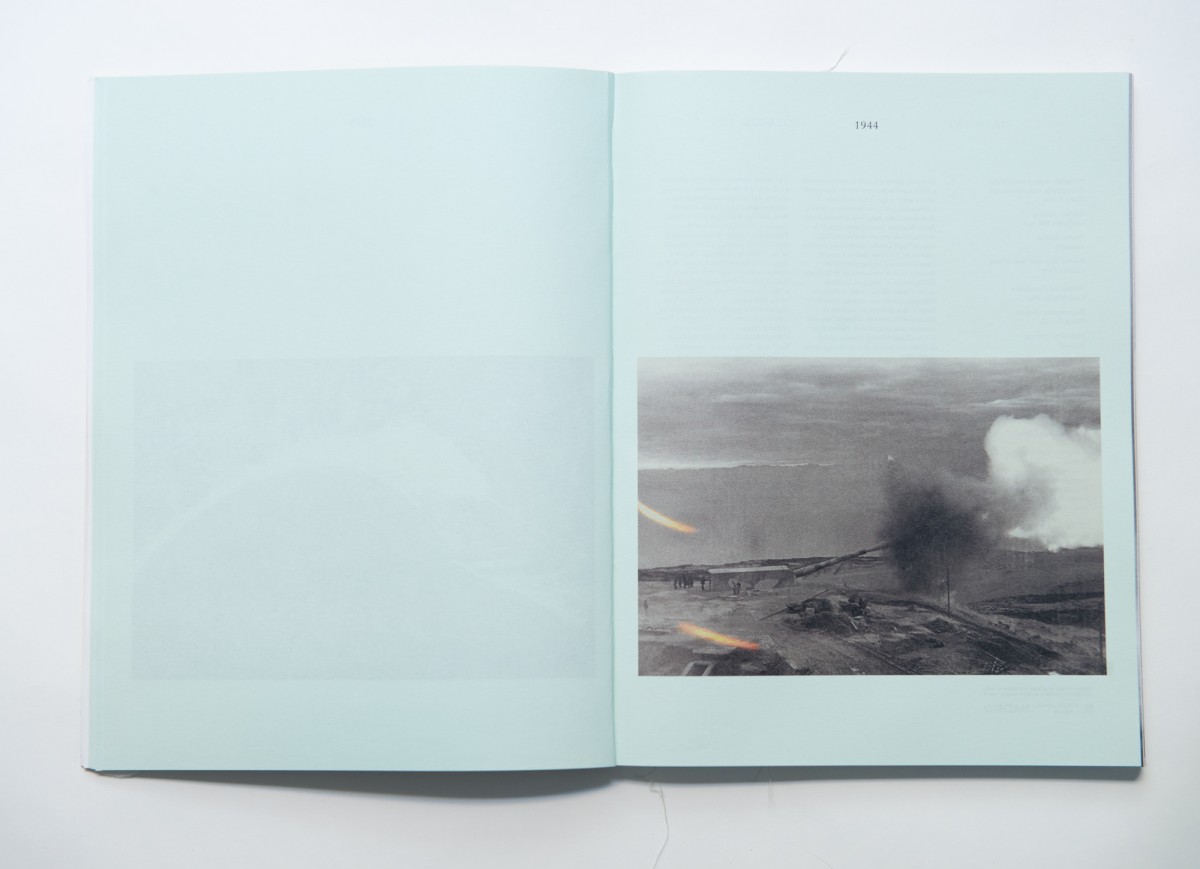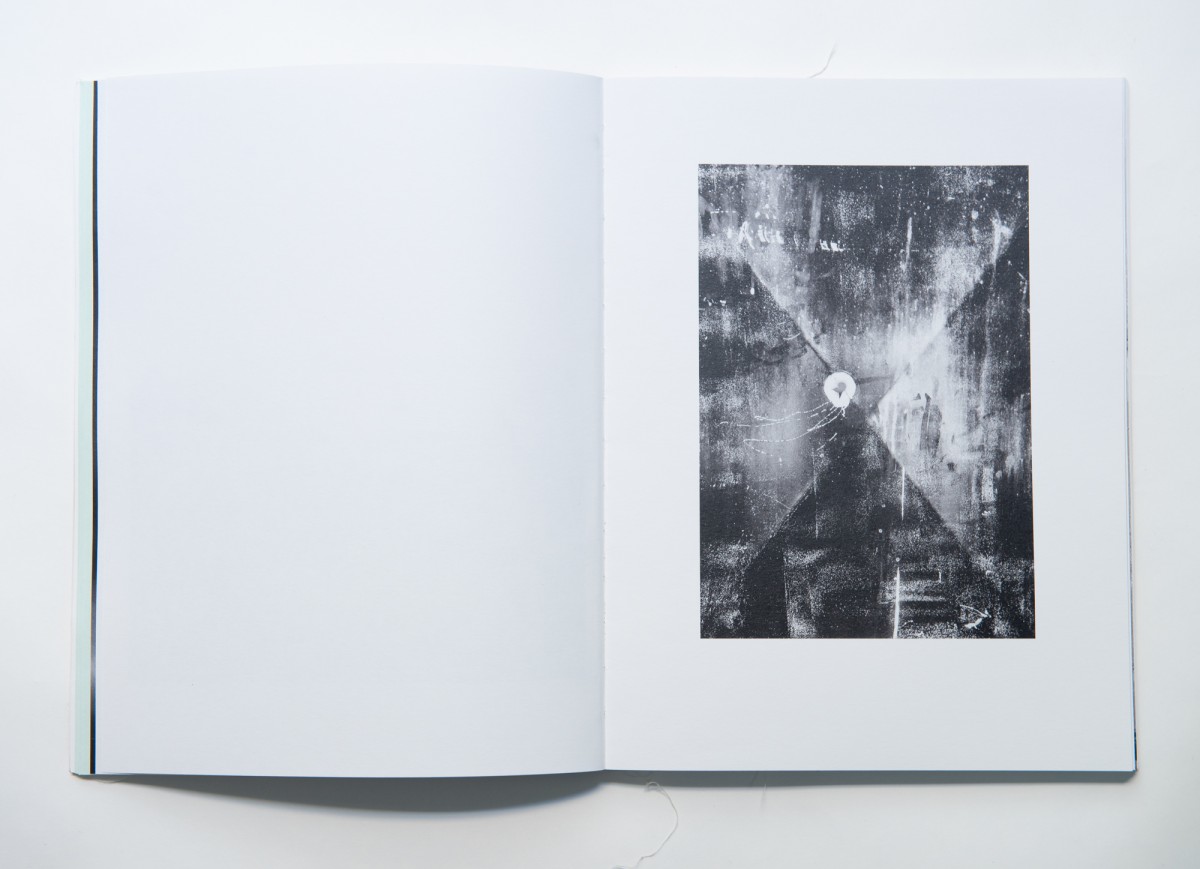
EL LIBRO DE ARENA / THE BOOK OF SAND
Maria Primo
Selfpublished
2020
Spain
Madrid
Guillermo Paneque
underbau
María Primo
La Troupe
Brizzolis
Ramos
978-84-09-18823-9
144
certified recycled papers Freelife Vellum White (140g) and Arena Natural Rough (90g)
This project has been granted by the Creation and Mobility Funding Program of the City Council of Madrid 2019.
It was selected in an International Open Call, to be part of the FOTOBOKFESTIVAL OSLO 2020: Climate Emergency in 50 Rounds.
Selected in 2021 for the PHOTOESPAÑA Best Photography Book of the Year Award.
“... se llamaba El libro de arena, porque ni el libro ni la arena tienen ni principio ni fin. “ Jorge Luis Borges
"El libro de arena" cuenta la historia de la duna de Valdevaqueros como metáfora del absurdo empeño humano en dominar la naturaleza, manteniéndose separado de ella. Presenta un enfoque poliédrico que indaga en la historia social, ambiental y política que llevaron a la formación de la duna, relacionando la misma con cuestiones filosóficas. Es una historia local que ocurre en Punta Paloma (Tarifa, Cádiz) - paradisíaco enclave en el Estrecho de Gibraltar, a tan solo 14km de África - donde la duna se origina como resultado de la intervención de los militares en 1939 a finales de la guerra civil española. Esta operación cambió radicalmente la fisionomía de la zona, generando a la larga unas consecuencias ambientales y sociales, que todavía quedan por resolver.
La duna es la protagonista. Los demás actores son: la carretera que conecta la aldea de Paloma Baja y que es engullida por la duna cada vez q sopla el levante; el bosque de pinos que igual que la duna no siempre estuvo ahí, y también está siendo engullido por la duna; los aldeanos que se quedan aislados cada vez q la carretera se cubre de arena; las excavadoras que luchan contra la arena para abrir la carretera; los bunkers y las instalaciones militares abandonados; científicos, ecologistas, turistas y especuladores; restos de pateras y botes neumáticos; políticos incompetentes, nadie parece querer hacerse cargo de lo que ocurre con la duna; y, sobre todo, los vientos, el poniente y el levante, y la arena.
“The Book of Sand” tells the story of the Dune of Valdevaqueros as a metaphor of the absurd will of humanity to dominate nature, while remaining separate from her. It presents a multifaceted approach which delves into the social, environmental and political facts that led to the formation of the dune, relating it to philosophical questions. It’s a local history that takes place in Punta Paloma (Tarifa, Cádiz) – an idyllic enclave in the Strait of Gibraltar, just 14 km away from Africa – where the dune originated as a result of the military intervention which took place in 1939, at the end of the Spanish Civil War. This operation radically changed the physiognomy of the area and generated long-term environmental and social consequences that remain to be resolved.
The Dune is the protagonist. The other actors are: the road that connects the village of Paloma Baja and is swallowed by the dune every time the east wind blows; the pine tree forest that, like the dune, was not always there and it is also being swallowed by the dune; villagers who become isolated every time the road is covered by sand; bulldozers fighting against the sand to open the road; abandoned bunkers and military installations; scientists, environmentalists, tourists, and speculators; the remains of African small boats; incompetent politicians, nobody seems to want to take charge of what happens with the dune; and, above all, the winds, the west and the east, and the sand.








